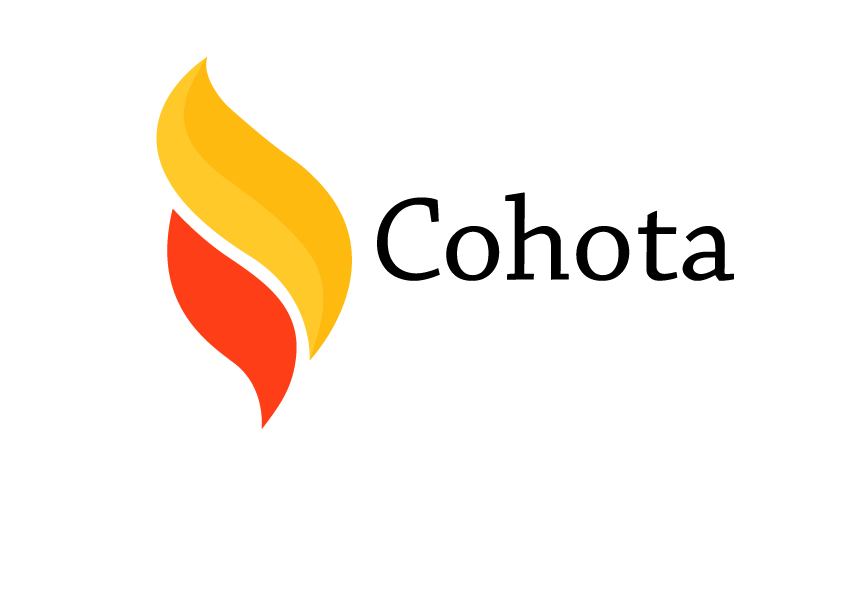Comprehending the Dynamics of Collaborative Understanding
In today’s progressively interconnected world, the capability to work collaboratively is a crucial ability. As traditional academic paradigms progress to satisfy the demands of the 21st century, collaborative understanding emerges as an essential concept. This post looks into the complexities of collective discovering, exploring its advantages, techniques, and obstacles, while giving insights into just how it shapes modern education and learning.
Joint understanding surpasses simply collaborating.
It symbolizes an academic technique where people participate in a cumulative effort to acquire understanding, solve issues, and attain a common objective. This approach highlights the value of variety in thought and fosters deeper understanding with communication and common experience.
The Benefits of Collaborative Discovering
Collective knowing provides a myriad of benefits, making it a favored method in instructional settings across the globe. Among the key advantages is the improvement of important believing abilities. As learners involve with peers, they are revealed to different viewpoints, encouraging them to examine and evaluate details more critically.
One more significant advantage is the enhancement in interaction skills. Joint learning atmospheres require energetic listening, express expression of ideas, and respectful discussion. These skills are invaluable, not simply academically, but in specialist and social contexts also.
Cognitive growth is likewise notably bolstered through collective initiatives. Collaborating calls for students to articulate their reasoning, difficulty assumptions, and integrate various viewpoints, bring about deeper cognitive processing and retention.
- Improved important believing
- Boosted communication abilities
- Increased cognitive growth
- Greater retention prices
- Cultivating of social and management skills
The collective impact of these advantages is a much more alternative instructional experience. Learners not just get expertise yet also establish vital life abilities that prepare them for future collective undertakings in any kind of area.
Approaches for Reliable Collaborative Discovering
Applying joint understanding efficiently requires thoughtful strategy and planning.

Educators needs to create an environment for collaboration, where students really feel risk-free and motivated to get involved openly. Right here are some strategies that can promote effective collective knowing experiences.
First of all, establishing clear goals and expectations is extremely important. When students recognize the objectives and their functions within the team, they are most likely to involve meaningfully. Educators needs to interact these goals clearly and ensure they are aligned with the educational program.
Second of all, the use of diverse group frameworks can enrich the understanding experience. By varying team composition, whether by skill degree, interest, or background, educators can promote dynamic communications and an extra thorough understanding of the material.
Challenges in Collaborative Discovering
While joint discovering offers numerous benefits, it is not without its difficulties. One typical concern is the disparity in team member engagement. Some individuals may dominate discussions, while others may be less inclined to contribute, resulting in an imbalance in the understanding experience.
- Diverse levels of engagement
- Possible for dispute
- Time monitoring problems
- Varying levels of commitment
Furthermore, problems can occur as a result of differing viewpoints, functioning designs, or misunderstandings. Educators should be geared up to manage these disputes e-learning effectively, promoting a setting where respectful discussion dominates.
The Role of Modern Technology in Collaborative Knowing
In the electronic age, modern technology plays a critical duty in helping with collective learning. Online systems break geographical obstacles, enabling people from diverse areas to work together in real time. These tools use a wide range of features that boost joint efforts, from shared papers and conversation forums to online meeting rooms.
Technology not only broadens the scope of that can participate in collaborative knowing but additionally enriches the high quality of communication. Learners can access a larger range of resources, engage with interactive content, and use their understanding in ingenious methods.
Future of Collaborative Discovering
Looking ahead, the future of joint learning appears promising. As universities continue to accept technology and introduce pedagogical methods, cooperation will likely come to be a foundation of learning experiences whatsoever degrees of education.
Eventually, the essence of joint knowing hinges on its ability to equip people through shared effort and mutual understanding. As we move forward, growing these experiences will certainly be essential in preparing students not just to prosper academically, but to grow in a complicated, interconnected globe.


Latest posts by admin
Sao Paulo Grand Prix 2025, Brazil F1 Battle - April 27, 2025
Higher Griffin Video slot to experience Totally free 50 free spins Sugar Rush on registration no deposit in the Microgaming’s On the web Casinos - April 27, 2025
BoyleSports Invited Added bonus to have Feb 2025 £20 inside Free Wagers - April 27, 2025
